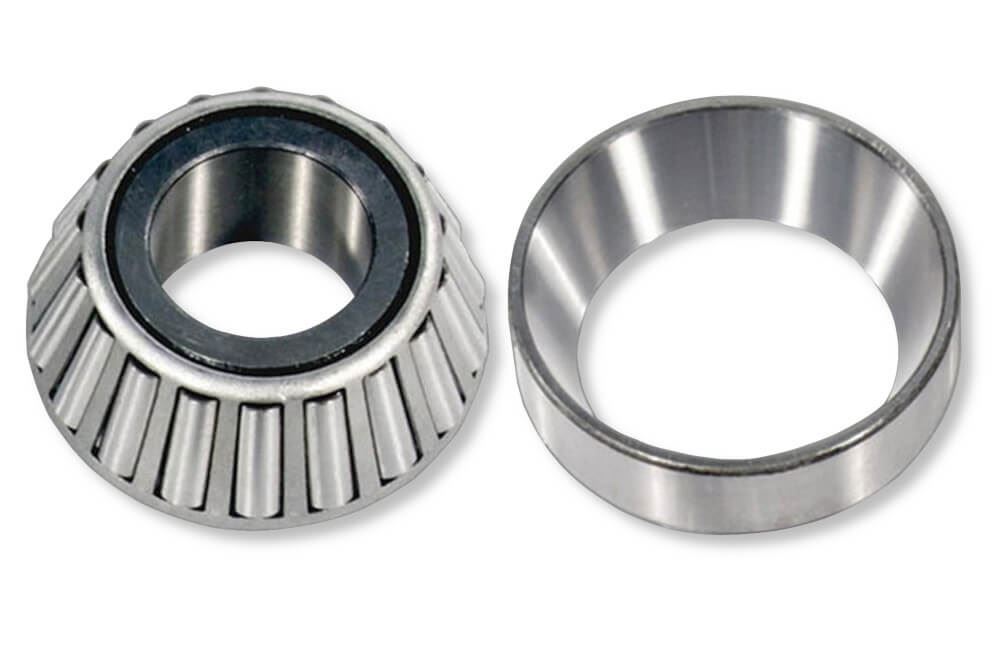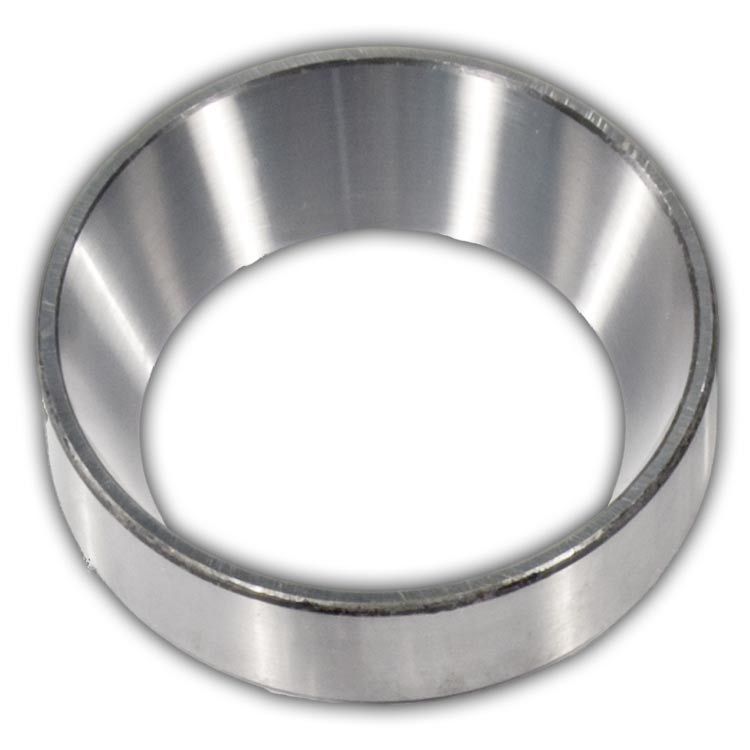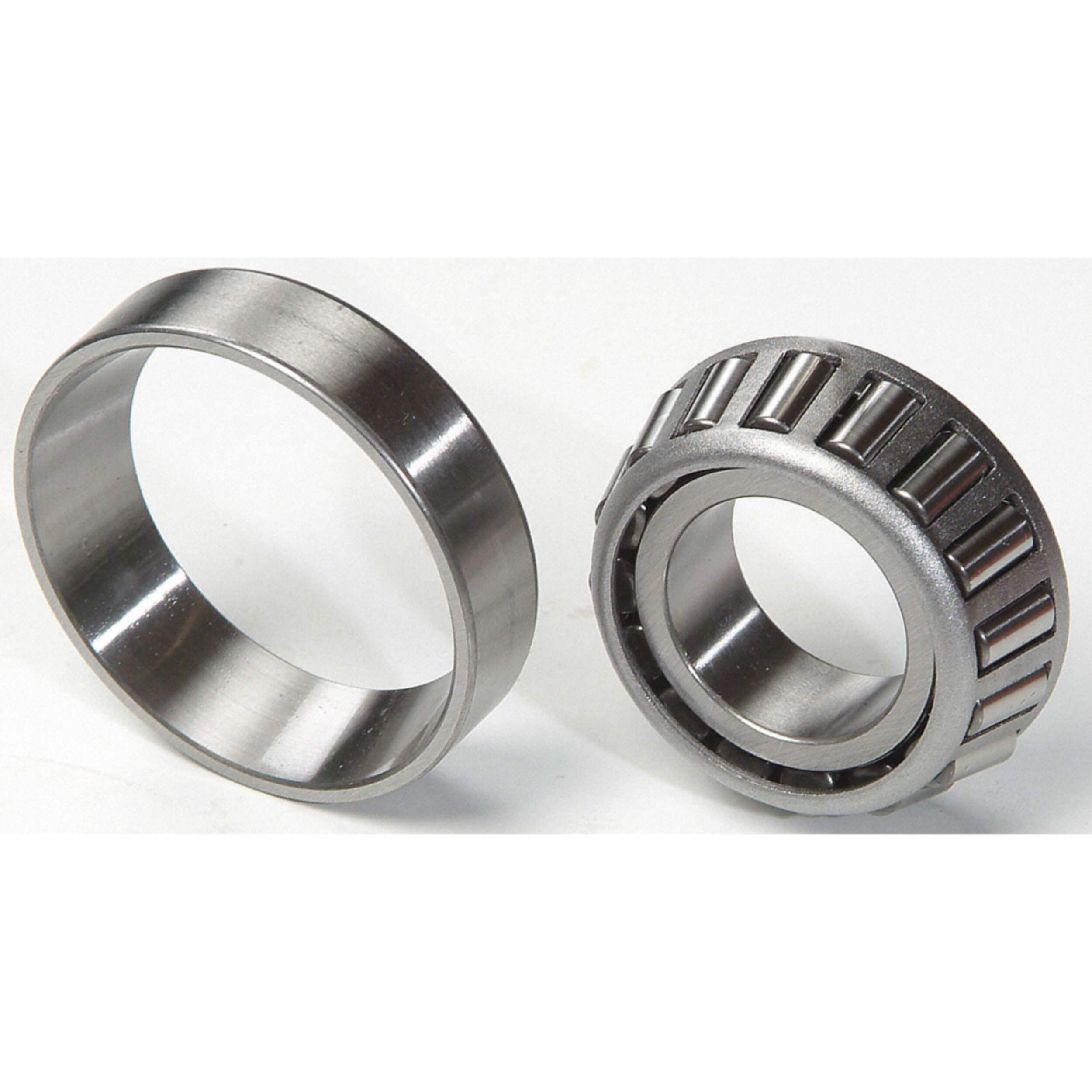
Maintenance and Lubrication Requirements for Cup Bearings
Cup bearings, like other types of bearings, require proper maintenance and lubrication to ensure their longevity and reliable performance. Here are the key considerations:
1. Regular Inspection: Periodically inspect cup bearings for signs of wear, damage, or misalignment. This visual inspection can help identify issues early.
2. Lubrication: Most cup bearings require lubrication to reduce friction and dissipate heat. The type of lubrication and frequency of re-lubrication depend on the bearing’s design and application. Consult the manufacturer’s recommendations for specific guidelines.
3. Contamination Control: Preventing contaminants like dirt, dust, and moisture from entering the bearing is crucial. Seals and shields help protect cup bearings from contaminants and should be regularly inspected for damage.
4. Re-greasing: In applications that require lubrication, re-greasing should be performed at regular intervals to maintain the proper lubrication film. Over-greasing can lead to overheating, while under-greasing can cause premature wear.
5. Correct Installation: Proper installation is essential to ensure cup bearings operate as intended. Follow the manufacturer’s installation guidelines, including torque specifications for locking nuts.
6. Temperature Management: Be aware of operating temperature limits. High temperatures can degrade lubricants, while low temperatures can affect bearing performance. Choose the appropriate lubricant for the expected temperature range.
7. Relubrication Holes: Some cup bearings have relubrication holes or grooves for easy maintenance. Make use of these features if available.
8. Handling and Storage: Store cup bearings in a clean, dry environment. Handle them with care to avoid damage to the bearing surfaces or seals.
Proper maintenance and lubrication practices are essential to maximize the service life and performance of cup bearings in various industrial and mechanical applications.

Usage of Cup Bearings in Heavy-Duty and Industrial Machinery
Yes, cup bearings are commonly employed in heavy-duty and industrial machinery applications due to their durability and load-carrying capabilities. These applications include:
1. Construction Equipment: Cup bearings are used in heavy construction machinery such as excavators, cranes, bulldozers, and concrete mixers to support radial and axial loads in harsh working environments.
2. Mining Equipment: Mining machinery, like crushers, conveyors, and drilling rigs, rely on cup bearings to handle the extreme loads and abrasive conditions found in mining operations.
3. Agricultural Machinery: Farming equipment, including tractors and combines, uses cup bearings for various components, providing reliable operation in dusty and challenging farming conditions.
4. Material Handling: Industrial material handling equipment, like forklifts, conveyors, and packaging machinery, depends on cup bearings for smooth movement and load support.
5. Heavy Manufacturing: In manufacturing settings, cup bearings are integrated into machinery such as presses, stamping equipment, and injection molding machines to facilitate precision movement and support heavy loads.
6. Automotive Manufacturing: Cup bearings play a crucial role in automotive manufacturing processes, ensuring the functionality of robotic arms, conveyors, and assembly line equipment.
7. Marine and Offshore: Machinery used in marine and offshore applications, including winches, cranes, and propulsion systems, rely on cup bearings to withstand saltwater exposure and heavy loads.
8. Power Generation: In power plants, cup bearings are used in generators, turbines, and other machinery to support rotational elements, demonstrating their ability to handle high temperatures and forces.
These examples illustrate the versatility and resilience of cup bearings, making them a valuable choice for various heavy-duty and industrial machinery applications.

Load-Carrying Capacity and Load Ratings of Cup Bearings
Cup bearings are designed to carry both radial and axial loads, and their load-carrying capacity is a critical factor in their performance. Load ratings for cup bearings are specified to help users understand their capabilities:
1. Radial Load Capacity: The radial load capacity of a cup bearing refers to its ability to support loads that are perpendicular to the shaft’s axis. This capacity is determined by factors such as the type of bearing, size, material, and design. Manufacturers provide radial load ratings in pounds or newtons to indicate the maximum radial load that a cup bearing can handle under ideal conditions.
2. Axial Load Capacity: The axial load capacity pertains to the cup bearing’s ability to support loads parallel to the shaft’s axis. Like radial load capacity, axial load capacity is specified by manufacturers and given in pounds or newtons. The design and construction of the bearing determine its axial load rating.
3. Combined Load Capacity: Cup bearings can handle combined radial and axial loads. Manufacturers specify the combined load rating to inform users about the maximum combined load, both radial and axial, that the bearing can support without premature failure. This rating is essential when the application involves varying loads or moments acting on the bearing.
It’s crucial to select cup bearings with load ratings that exceed the expected loads in the application. Factors like operating speed, temperature, lubrication, and misalignment can influence the effective load-carrying capacity of the bearing. Properly matching the bearing’s load ratings to the application’s requirements ensures reliable and long-lasting performance.


editor by CX 2024-05-16